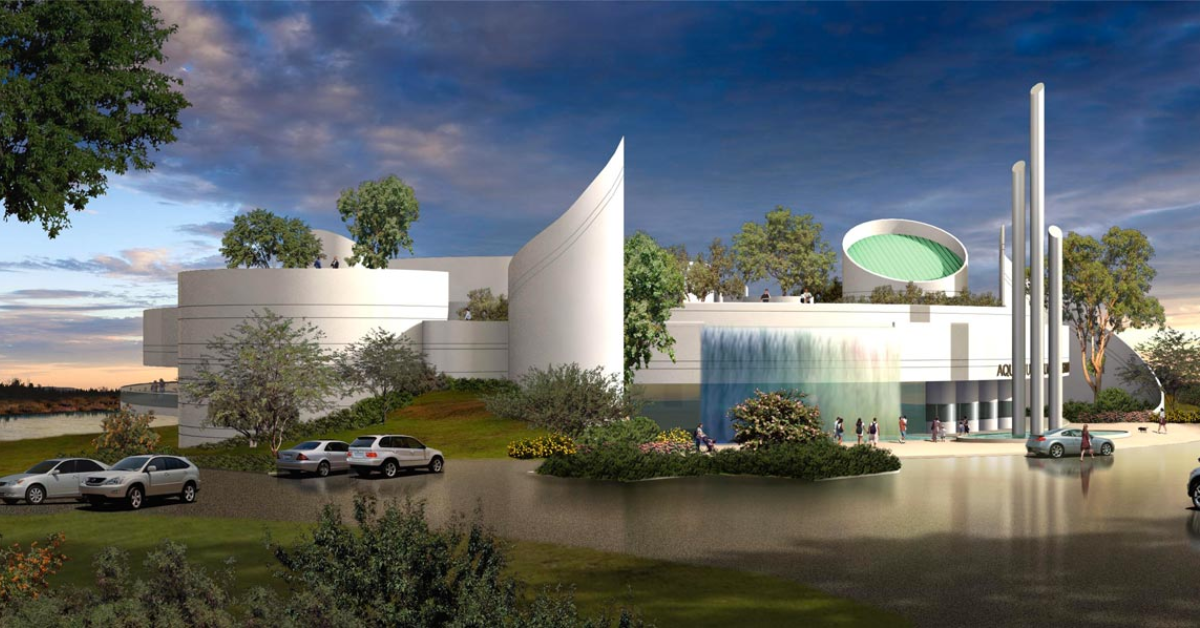I’ve been writing a lot about the transportation revolution. There was the piece about Bird scooters and “flying cars.” Then there was the piece about the proposed FAX Microtransit project.
At the core of it all is the amazing and constantly changing world of high-tech.
Let’s now see if Fresno City Hall can do something really hard when it comes to transportation in the urban environment: Take a quarter-mile-long street that currently is walkable most of the time and keep it that way.
I’m talking about the stretch of San Jose Avenue between Colonial and Maroa avenues. It’s located on the east side of Fig Garden Financial Center and Fig Garden Village in Northwest Fresno.
I live a short distance away. I walk this stretch of San Jose several times every day. A lot of my neighbors do the same. But big change, long anticipated, is coming. It will certainly test the equanimity of neighborhood old-timers such as the Hostetters. More importantly to the big picture, it will be another test of the city’s general plan’s lofty dreams and City Hall’s claims to having a close working relationship with Fresno County officials.
The timely matter is a meeting scheduled by the Assemi Group, part of the immense Assemi development empire, for Thursday, Sept. 27. My wife and I received a letter recently from the Assemi Group’s Samantha Ens, inviting us and our neighbors to gather at an office in Fig Garden Village.
It’s a two-paragraph letter. Ens writes:
“We would like to invite you to an information meeting to discuss a proposed change in the land use and circulation pattern in your neighborhood. As you may already be aware, the Assemi Group acquired the Fig Garden Office Towers project last year. In addition to the office buildings, the acquisition included properties on San Jose Ave. One of the properties is developed with 44 older apartments and the other property is vacant.
“We have not submitted any applications to the City of Fresno but will be prepared to discuss the types of approvals that would be required for the proposed project. We would appreciate your attendance at the meeting. Thank you for your time.”
I’m not clear on what the first sentence of the second paragraph means. I’ll show up on Thursday and find out.
To set the scene, this portion of San Jose from Colonial to Maroa is about a quarter-mile in length, maybe a bit more. The apartment complex that Ens refers to has been empty for a long time. The apartment complex site and the vacant field to the east constitute a developable of, I’m guessing, four or five acres. Workers are currently busy at the apartment complex, removing greenery and, it appears, hazardous material from the structure. It looks like the structure is being prepared for demolition.
Across the street, on the northeast corner of San Jose/Colonial, is an empty field of slightly more than an acre. The Assemis own this property, as well. As I’ve reported earlier on CVObserver.com, the plan there is to build a dozen or so residential units.
Further to the east on San Jose, on the north side, is another large vacant lot. I don’t know who owns it. I do know work has begun on building something there. The site used to have just one house on it. The site almost certainly will soon be home to a higher-density housing project.
Otherwise, this portion of San Jose consists of condos and single-family homes on good-sized lots. There aren’t that many of them – my guess is a total of about 25.
But the broader geography is complex. I live on nearby San Ramon Avenue. There’s San Madele Avenue just to the north. These streets have about 30 single-family homes. To the east are more condos and homes along Colonial and Nantucket Avenue.
It’s possible for a motorist to use the San Ramon-Colonial-San Jose route to make the Palm Avenue-Maroa connection. Many do.
This larger neighborhood is a hodge-podge of city and county jurisdictions. I live in a county island. The Assemi properties and the vacant lot now under construction are in the city. The houses to the east of these developable sites are in the county.
Bottom line: With Fig Garden Village just to the west and good schools nearby, this neighborhood is an infill gold mine. It’s what City Hall planners and federal fair-housing bureaucrats call a “high opportunity” area. For a variety of policy reasons, they want to put as many people as possible in “high opportunity” areas.
My point here isn’t to fight again the effort to put higher-density housing along this portion of San Jose. That fight has been settled. Higher-density housing on every available developable lot is here to stay.
My point is transportation. My wife and I have lived in the neighborhood for 24 years. The portion of San Jose from Colonial to Maroa is rather narrow. This is especially true as San Jose approaches Maroa. Lots of neighborhood residents walk along San Jose, particularly in the mornings and evenings when taking their dogs out for exercise.
Even now, the vehicular traffic can make such walks somewhat risky. But, for the most part, the risk is manageable. What will happen to pedestrian (and canine) safety when all the developable lots on this portion of San Jose are jammed full of higher-density housing designed to meet the mandates of the 2035 general plan?
Same sized street, two or three times as many residents – that’s a recipe for regulatory trouble. This is especially so because of the side-by-side presence of city and county jurisdictions, with their different land-use philosophies.
The city’s Active Transportation Plan states:
“Bicycling and walking have many important health, economic, environmental, and social benefits. These benefits include: Helping people get to their destinations, including connectivity to public transit; Reducing the likelihood of developing heart disease, high blood pressure, Type 2 diabetes, mental illness and obesity and improving overall health; Reducing road congestion and air pollution by replacing vehicle trips with walking or biking; Providing personal financial savings on gas, parking, and vehicle upkeep by reducing trips or eliminating the need to own multiple vehicles.”
It’s fine and dandy for City Hall to make the Bird Scooter folks play by the rules throughout Fresno’s 112 square miles. It’s fun to speculate how “flying cars” could someday impact the Uber-Lyft model. It’s admirable to see Fresno Area Express dip its toe into the “mobility on demand” arena with the Microtransit pilot project.
But I suggest that the real transportation work of City Hall is symbolized by the quarter-mile stretch of San Jose Avenue between Colonial and Maroa avenues. How does a city fundamentally change an established and thriving neighborhood through its land-use policies and avoid at the same time destroying what made the neighborhood so valuable in the first place?
Perhaps a city official or two will join us at 5250 N. Palm Avenue on Thursday. I’m sure Darius Assemi wouldn’t mind the extra company.











What did you think of last night’s meeting? I am a neighbor at Roosevelt and San Ramon, on the corner. I found it to e very unprofessional. I left early because I was unable to get specific answers to such questions as where the cul de sacs or dead ends would be, whether there would be landscaping, such as the berm on San Ramon, along the street where the offices and parking would be, to hide the parking lots, where the pedestrian entrances to FGV and the office complexes would be, and many others. Have you learned anything that would further illuminate the effects of the project, such as the timetable for submitting plans to the city?